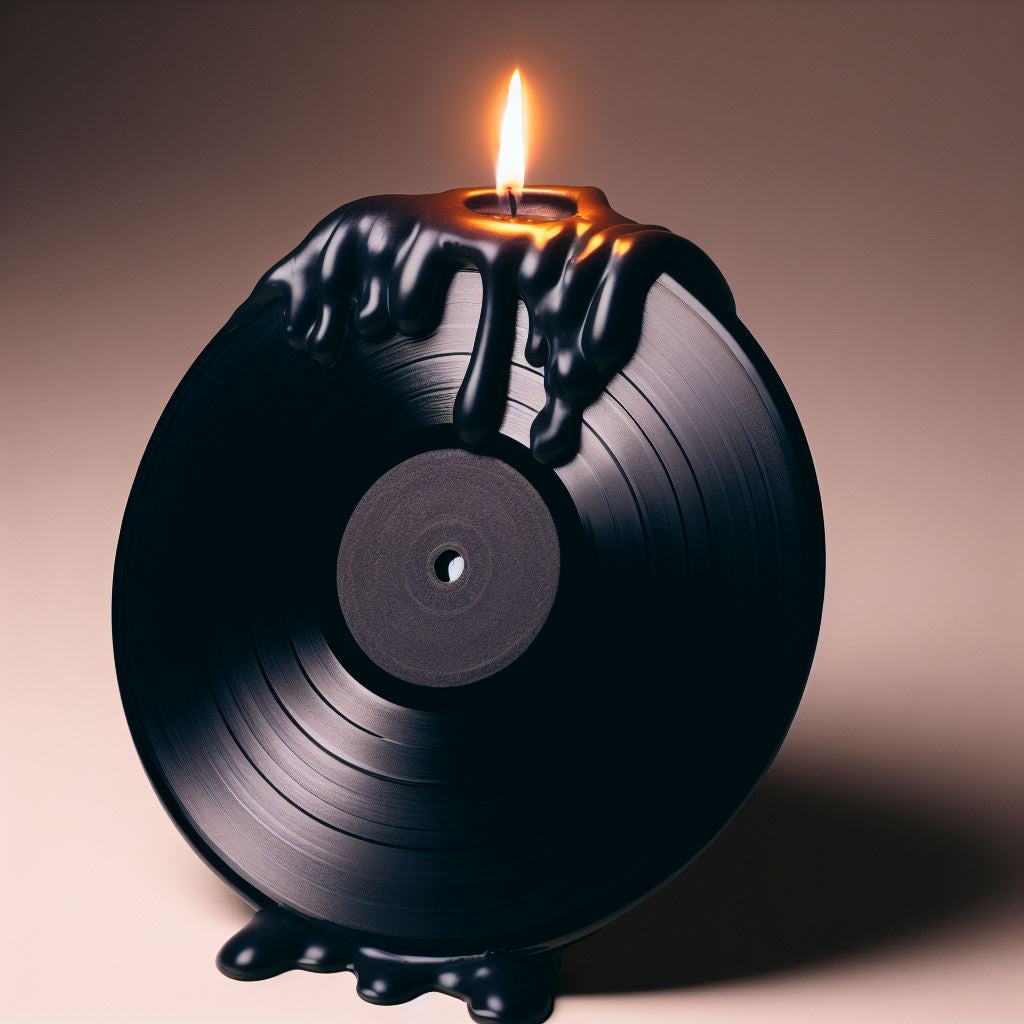In the era of streaming and digital downloads, the resurgence of vinyl records stands as a testament to the timeless charm of analog sound. As many audiophiles and collectors delve into the world of vinyl, one might often come across an old-school term used to describe these records: "wax." Ever wondered why? Let's spin back in time and find out.
Waxing Poetic About the Past
To understand the moniker "wax," we have to travel back to the earliest days of sound recording. Before the dominance of vinyl, the primary material used to make phonograph cylinders (the predecessors to gramophone records) was wax. These cylinders, made initially from a mixture of ceresin, beeswax, and stearic acid, became the first medium for recording and reproducing sound.
When Emile Berliner introduced the flat disc records in the 1890s, the term "wax" had already entrenched itself into the lexicon of sound recording. Although the newer gramophone records were primarily shellac, not wax, the terminology stuck around.
From Studio to Street
The term further cemented itself in the recording studios during the 20th century. When artists recorded music, the first copy, known as an acetate disc, was created for review and approval. This soft disc, made for short-term use, was coated with a layer of nitrocellulose lacquer – giving it a waxy appearance and feel. Musicians would often refer to "cutting a wax" when they meant creating this initial recording.
Fast forward to the vibrant hip-hop culture of the 1970s and 80s, and the term found renewed popularity. DJs spinning records and producing beats took to calling their vinyl "wax" as a nod to both the historical and studio origins of the term. It became emblematic of a deep appreciation for the craft, resonating with a sense of authenticity and rawness.
A Love for Analog in a Digital Age
Today, as vinyl experiences a renaissance, new generations of collectors and music enthusiasts are adopting the term. It serves as a bridge to the past, a nod to the rich history of sound recording. In a world dominated by ephemeral digital streams, referring to records as "wax" is a tribute to the tangible, the physical, and the real. It's a reminder of a time when music was not just heard but felt, touched, and experienced in a wholly immersive way.
Conclusion
The term "wax" is more than just a nickname for vinyl records; it's a historical touchstone and a cultural emblem. It encapsulates the evolution of sound recording and pays homage to the rich tapestry of music's past. So, the next time you drop the needle on your favorite record, remember you're not just playing a piece of vinyl; you're spinning a slice of history.

